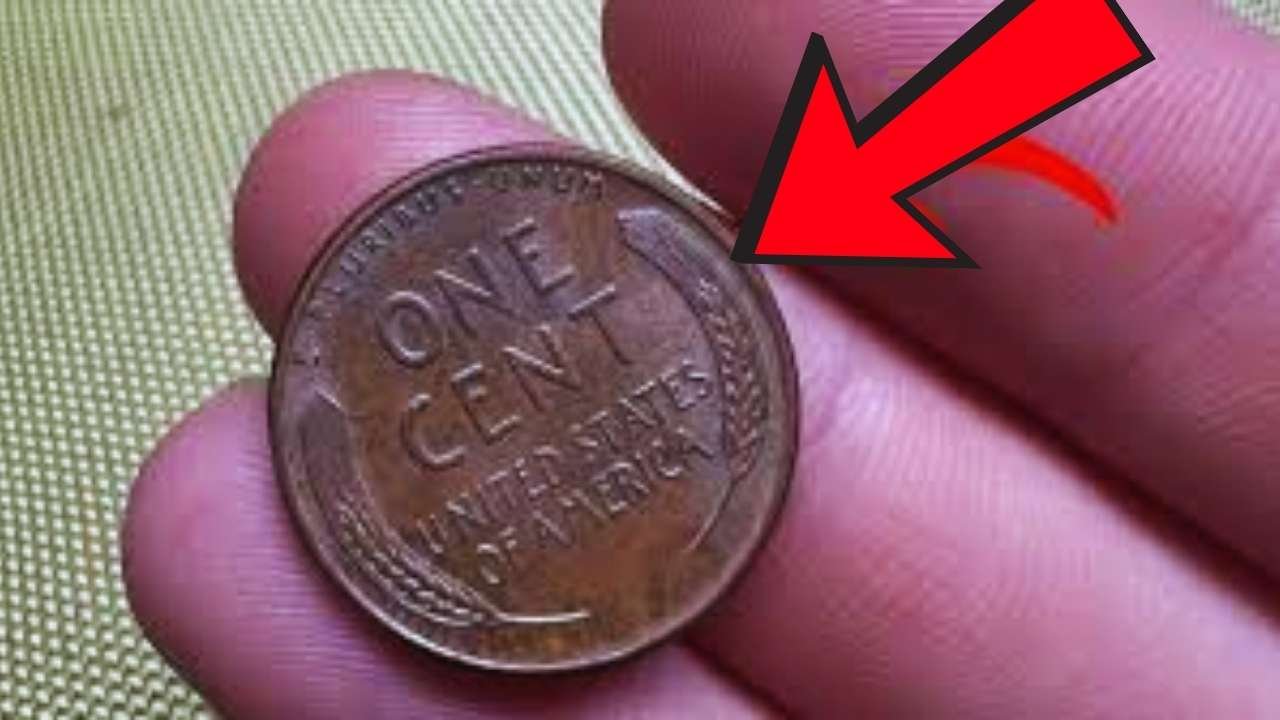Pennies That Pack a Punch
In 2025, pennies aren’t just pocket change—they’re turning heads for their jaw-dropping value. The 1943 penny, in particular, is a star in the coin world. During World War II, the U.S. Mint made most pennies out of steel to save copper for the war effort, but a few copper pennies slipped through. These rare 1943 copper wheat pennies are now worth a fortune, with some fetching over $1 million at auctions. Even the common steel pennies from that year can bring in good money, depending on their condition.
The buzz around 1943 pennies is growing as collectors hunt for these treasures. With rumors swirling that the U.S. might stop making pennies altogether since it costs 2.7 cents to produce one, per the U.S. Mint people are checking their coin jars. The 1943 steel penny, with its silver-gray look, and the super-rare copper version are hot items. Whether you’re a coin expert or just curious, these pennies could turn spare change into serious cash.
What Makes 1943 Pennies Special
The 1943 steel penny, nicknamed the “wartime penny,” was made because copper was needed for bullets and other war supplies. Most pennies that year were coated in zinc to look shiny, but some got worn or rusted over time. A steel penny in good shape can sell for $1 to $10, while one in mint condition might go for $50 or more. But the real prize is the 1943 copper penny. Only about 20 are known to exist, accidentally struck on copper blanks left at the Mint.
Here’s a quick guide to 1943 penny values in 2025:
| Type | Condition | Estimated Value |
|---|---|---|
| 1943 Steel | Average | $1–$10 |
| 1943 Steel | Mint | $50–$200 |
| 1943 Copper | Any | $500,000–$1M+ |
The copper penny’s value comes from its rarity and history. One sold for $1.7 million in 2010, and prices keep climbing. Even steel pennies with errors, like doubled letters or numbers, can sell for hundreds of dollars.
How to Spot a 1943 Treasure
Finding a valuable 1943 penny takes a sharp eye. Steel pennies are easy to spot—they’re silver-colored and stick to a magnet. Check for mint marks under the year: a “D” for Denver or “S” for San Francisco can mean higher value. For copper pennies, the test is tougher. They look like regular reddish-brown pennies but weigh 3.11 grams, compared to steel’s 2.7 grams. If you think you have a copper one, get it checked by a pro at a coin shop or through the Professional Coin Grading Service (PCGS).
Beware of fakes—some crooks plate steel pennies with copper to trick people. A magnet test is your friend: if it sticks, it’s steel. Also, look for the “wheat” design on the back, showing two wheat stalks, which all 1943 pennies have. If you find a real copper penny, you could be sitting on a goldmine.
Why Pennies Are Hot Right Now
The 1943 pennies are stealing the spotlight, but other wheat pennies—made from 1909 to 1958—are also in demand. Coins from years like 1955 or 1969 with doubled-die errors can sell for $1,000 or more. With fewer people using cash (only 14% of transactions in 2024 were cash, per the Federal Reserve), pennies are becoming collector’s items. The talk of phasing out pennies, fueled by bills like the 2025 “No More Pennies Act,” is pushing prices higher.
Collectors aren’t the only ones excited. Regular folks are digging through change, hoping to strike it rich. Coin shows and online sites like eBay are buzzing with penny sales. Apps like NGC Coin Explorer can help you figure out if your penny is a winner. Even if you don’t find a million-dollar coin, selling a few steel pennies could cover a nice dinner.
Could You Be Holding a Fortune?
The 1943 penny craze shows how a small coin can hold big value. Whether it’s a steel penny worth a few bucks or a rare copper one that could change your life, these coins are worth a look. Start checking your change, old piggy banks, or grandma’s coin collection. With the penny’s future uncertain, 2025 is the perfect time to hunt for these wartime treasures. Who knows? That shiny—or rusty penny might just make you rich.
